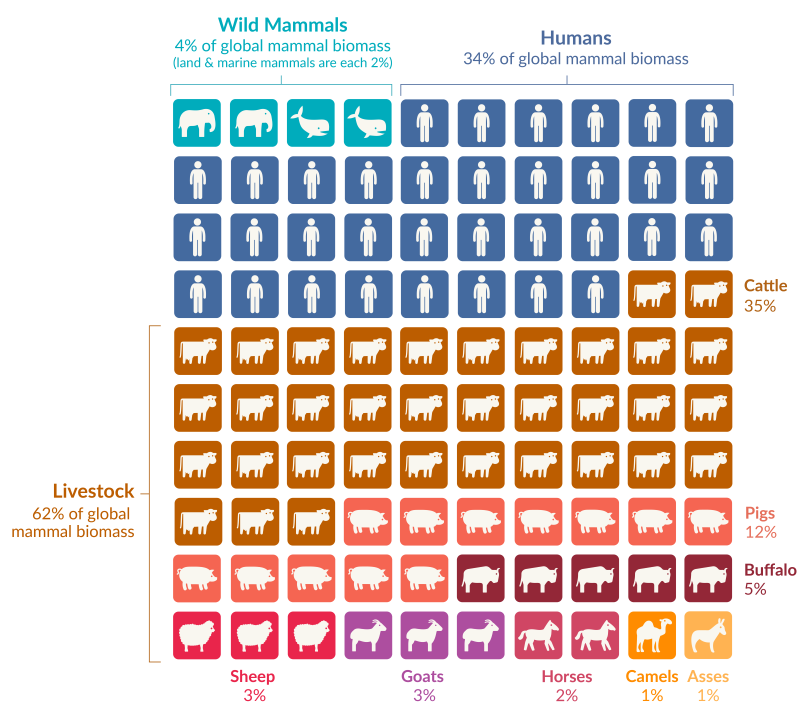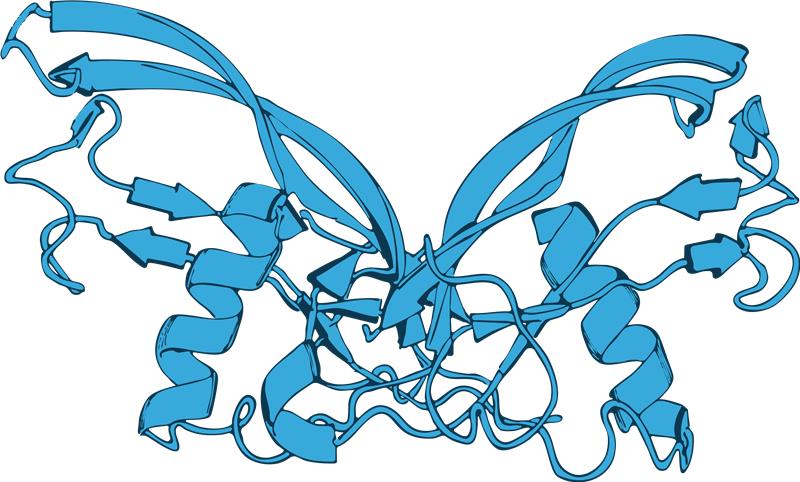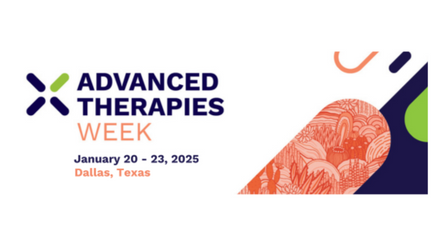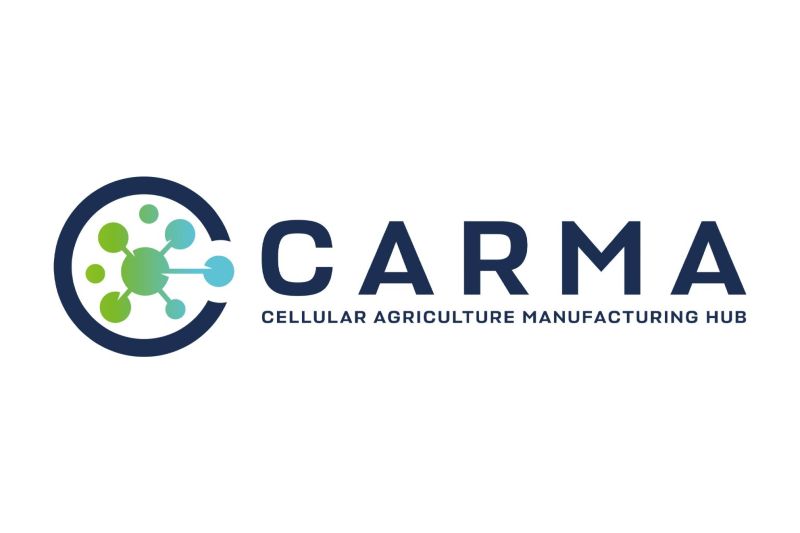My first cellular agriculture conference: waking up to the issues of meat
Thoughts from the Imperial College Bezos Centre for Sustainable Protein scientific kick-off event, 20th-21st January 2025
Liz Stewart, Head of Marketing and Scientific Communications

Before I started at Qkine I’d never really thought about cellular agriculture or the need for alternative protein sources. Since joining Qkine and writing articles and news posts raising awareness of our partnerships with Cellular Agriculture Manufacturing Hub (CARMA), National Alternative Protein Innovation Centre (NAPIC) and the new Bezos Centre for sustainable protein, I’ve learned something about the activities of these centers and the mission of the alterative protein sector to secure a sustainable protein supply chain for the future.
But attending the Bezos Centre for sustainable protein launch event has been a real learning experience. One of the huge new things which is really playing on my mind is the environmental cost of food. The fact that 80% of natural land has been converted into agricultural land for animal food production and that the world mammal biomass has shifted, with wild animal biomass decreased by 85% and farm animals composing 62% of all mammal biomass on earth. Furthermore, if alternative proteins gained a 10% market share on food it would make a massive difference to the environment, saving as much carbon emissions as it created by the whole aviation industry. Everyone is aware that the aviation industry is bad for our environment, but how many people are aware of just how bad meat production is?
There is clearly starting to be some recognition that finding alternative protein sources is a goal which has value. In 2023 the US invested 1.6bn dollars in alternative proteins, with most funding coming from private sources. However this pales in comparison to the 141.3bn paid out in subsidies for farming. In the UK, there has been some huge steps forward in the last year, with the setting up of 3 multi-disciplinary centers, CARMA has received £12m funding from the Engineering and Physical Sciences Research Council (EPSRC), NAPIC received £38m funding from UK Research and Innovation (UKRI). The Bezos Centre for sustainable protein, funded by the Bezos Earth Fund, was formulated through choosing the 3 centers at ‘best’ Universities for the sector, Imperial, North Carolina state and National university of Singapore. The aim of the center is to look accelerating the progress of alternative protein sources and driving growth of the sector with 3 key drivers, driving the price down, taste up and boosting health benefits.

Hannah Ritchie (2022) – “Wild mammals make up only a few percent of the world’s mammals” Published online at OurWorldinData.org. Retrieved from: ‘https://ourworldindata.org/wild-mammals-birds-biomass’ [Online Resource]
This relatively new sector feels a bit like the Milton Keynes of scientific areas, created by design rather than developing over time like most areas of science. The alternative protein sector feels more purposeful and intentional, and is being designed to include ideals, aiming for sustainable research, ethics, nutrition and accessibility. The ‘Cross-Centers Discussion’ panel, including key leaders from CARMA, Bezos Centre, NAPIC and Cellular Agriculture Netherlands Foundation (CANS), centers which could easily be in competition with each other, was a great example of this, asking how does the sector work together so they don’t double up, waste time and resources and make the most progress possible with the limited time and funding it all have. I saw this with the CARMA panel discussion I’ve written about too, between industrial and academic partners, the intentional desire to collaborate and do things differently, and it was great to see this echoed so loudly at this meeting.
The other thing that struck me was the acknowledgement of the personal, ethical and cultural factors of food. The fact that Professor Louise Dye, co-director of NAPIC has a psychology background is testament to how seriously these centers are taking this important factor, and bringing in all the necessary resources to educate and change the habits of consumers. Currently we get 91% of our dietary protein from meat which comes at a high cost to both families and the environment. There is a need to unlock natures potential and widen the sources of protein, look at dietary habits and this can be done through getting the younger generation interested in food and normalizing a diverse diet. Changing the average consumer’s mind is a major factor in increasing the uptake of alternative protein sources.
At the end of the first panel session, someone asked what it would take to increase the uptake of alternative proteins, the chair Professor Paul Freemont, pointed out that the COVID pandemic created a vaccine in a year, maybe something along the line of global pandemic! The throw away comment caused a bit of a stir, and it was pointed out that with 35% of the world population unable to afford a nutritious diet and 1.9 million people in catastrophic hunger, maybe the pandemic is already happening, but arguably not in the right geographical areas for action to be taken. Something else I’ll be thinking about for a long time to come.





